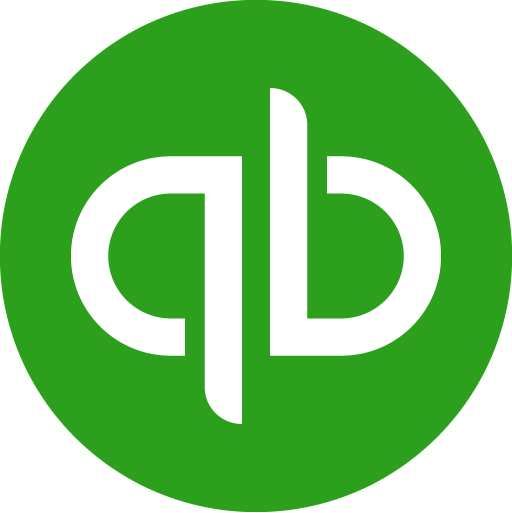A flexible budget is a form of budgeting that helps managers and business owners cope with volatile income and expenditures. It is defined as the level at which a company's income exceeds its expenses by a given percentage. Flexible budgets often help companies survive through unpredictable economic cycles, and they can also help a company adjust its spending to match its revenue.
In this article, we will explain the concept of a flexible budget in more detail, go over the advantages of having a flexible budget, and explain how to calculate your ideal budget using a simple, flexible budget formula.
What is a flexible budget?
A flexible budget is a budget that can be changed, unlike a fixed budget. A flexible budget is usually created and adjusted based on the actual results, whereas a fixed budget will remain the same regardless of how well or poorly things are going.
For example, let's say that you have been asked to create an operating plan for your business over the next five years. You estimate that it will take $10 million to run your company in each of those years; however, if sales exceed expectations by 10% one year and 20% another year, then those increases would be reflected in future budgets (and vice versa).
Advantages of having a flexible budget
There are many benefits of having a flexible budget. Here are five advantages of flexible budgeting that can help every business:
1. When you have a flexible budget, you can be more creative with your spending. You can also make better decisions about where to allocate your money. =
2. If you're trying to save up for something big like a new office, having a flexible budget will help you save more money faster.
3. With a flexible budget It's easy to make adjustments when necessary, so that you can stay within your spending limits and still buy what you need.
4. With a flexible budget, you’ll have extra cash flow so you can take advantage of opportunities as they arise!
5. A flexible budget also allows for more creativity with how you spend money and saves time by not requiring constant monitoring of your spending habits and trends.
How to prepare a flexible budget
There are two main ways to prepare a flexible budget: the tabular method and the charting method. Let’s briefly go over each so that you can understand the difference between the two.
1. Tabular method:
The first method is the tabular method. This is the simplest way of preparing a flexible budget. It is also known as the direct approach or the textbook method. In this method, you list all our income and expenditure items separately and then add them up to get our total income and expenditure. This gives us the total budgeted amounts for each item in our budget.
2. Charting method:
The second method is the charting method. This involves drawing a graph showing how much we expect our income and expenditure to be over time, with time on the x-axis (horizontal) and amount on the y-axis (vertical). The graph shows you whether your income exceeds expenses at any point in time or vice versa, allowing you to see whether you will have enough money to cover all your expenses at some point in time during the year.
What is the flexible budget formula?
The formula for calculating a fixed budget is rather simple and straightforward. First, you determine your fixed costs, and then you add the variable costs for each unit of activity multiplied by the number of units of each activity or purchase.
The flexible budget formula can be expressed as follows:
Fixed costs + (Variable cost per unit × number of units)
Flexible budgeting is a way to track your expenses and see how much you'll be spending on different things. You can use it for anything from a home business to a construction project, but here's an example of how it works.
Let's say you're planning an office party for 100 employees and need to buy food, decorations, and other supplies. You know how much each thing will cost you if you buy everything in bulk, but what if you only have time to shop once?
If you have no idea how many employees are coming or what they'll eat, this could cause problems later on when figuring out how much money is left over after paying for everything else!
The solution is simple: Use flexible budgeting as a way to figure out how much each item costs per person so that you know exactly how much money you should set aside for each item before ordering your supplies.
It’s also important to understand the concept of flexible budget variance. In simple terms, flexible budget variance means that there will likely be a difference between your forecasted expenses and your actual expenses. Therefore, you should always review your budget on occasion so that you can account for flexible budget variance with some degree of accuracy.
Conclusion and Recommendations
In conclusion, there are many benefits to using a flexible budget. Of course, this budget does have its own limitations, and it takes time to learn how to create such a thing. Nonetheless, if you can follow the formula above, you should be able to create your own reliable, flexible budget!
That said, if you need a little help with budgeting, then you're not alone. There are several great tools available online that make budgeting a breeze. Causal and Pry are two apps that can do this, but the best tool for managing a flexible budget is LiveFlow, which allows business owners to quickly and easily create and track their budgets while integrating seamlessly with QuickBooks and Google Sheets.
So, if you want to make budgeting and bookkeeping as simple as possible, or you just don't have the time to handle everything manually, then be sure to check out LiveFlow today.



.png)





